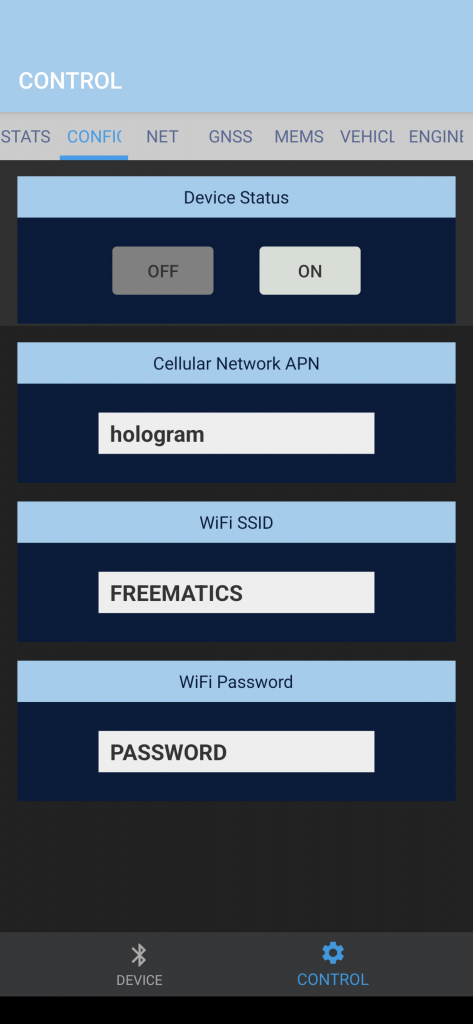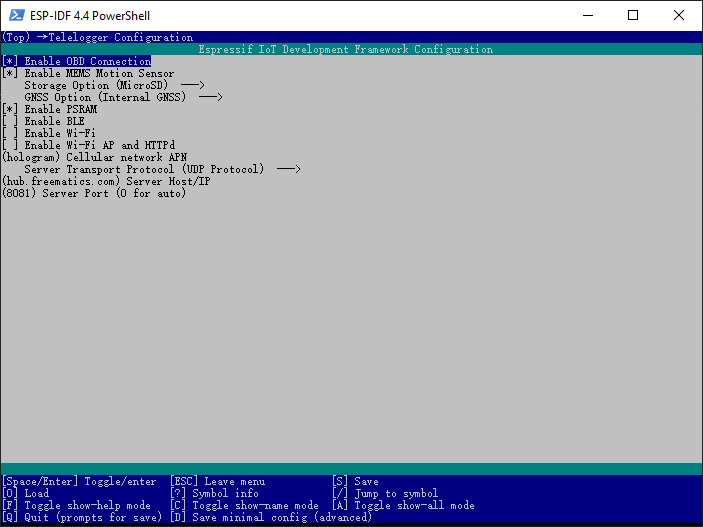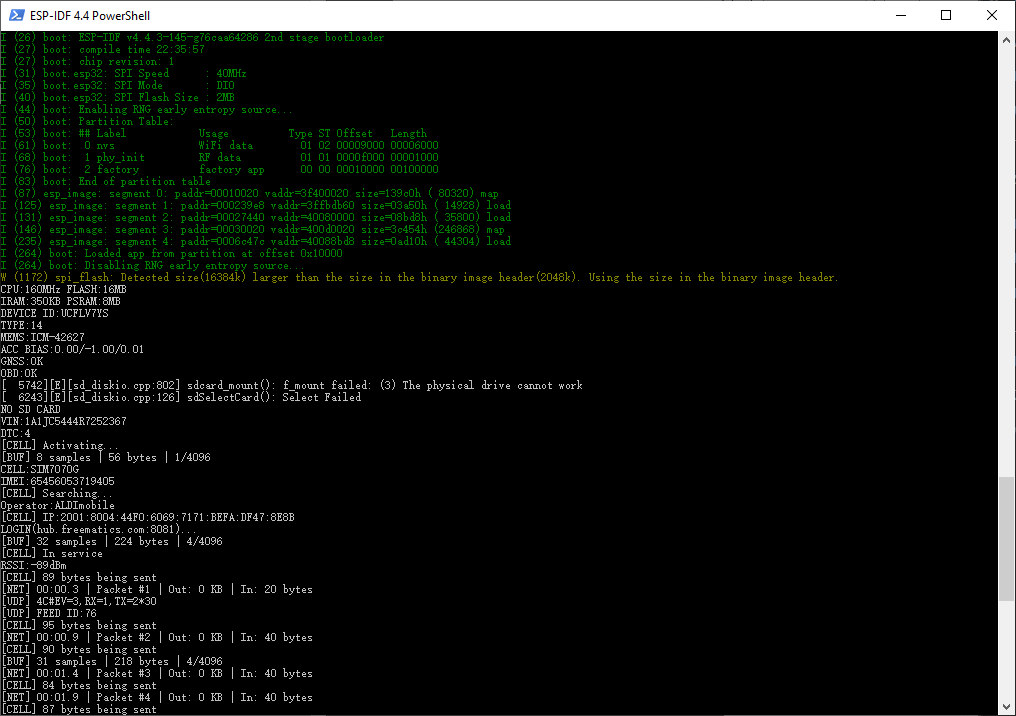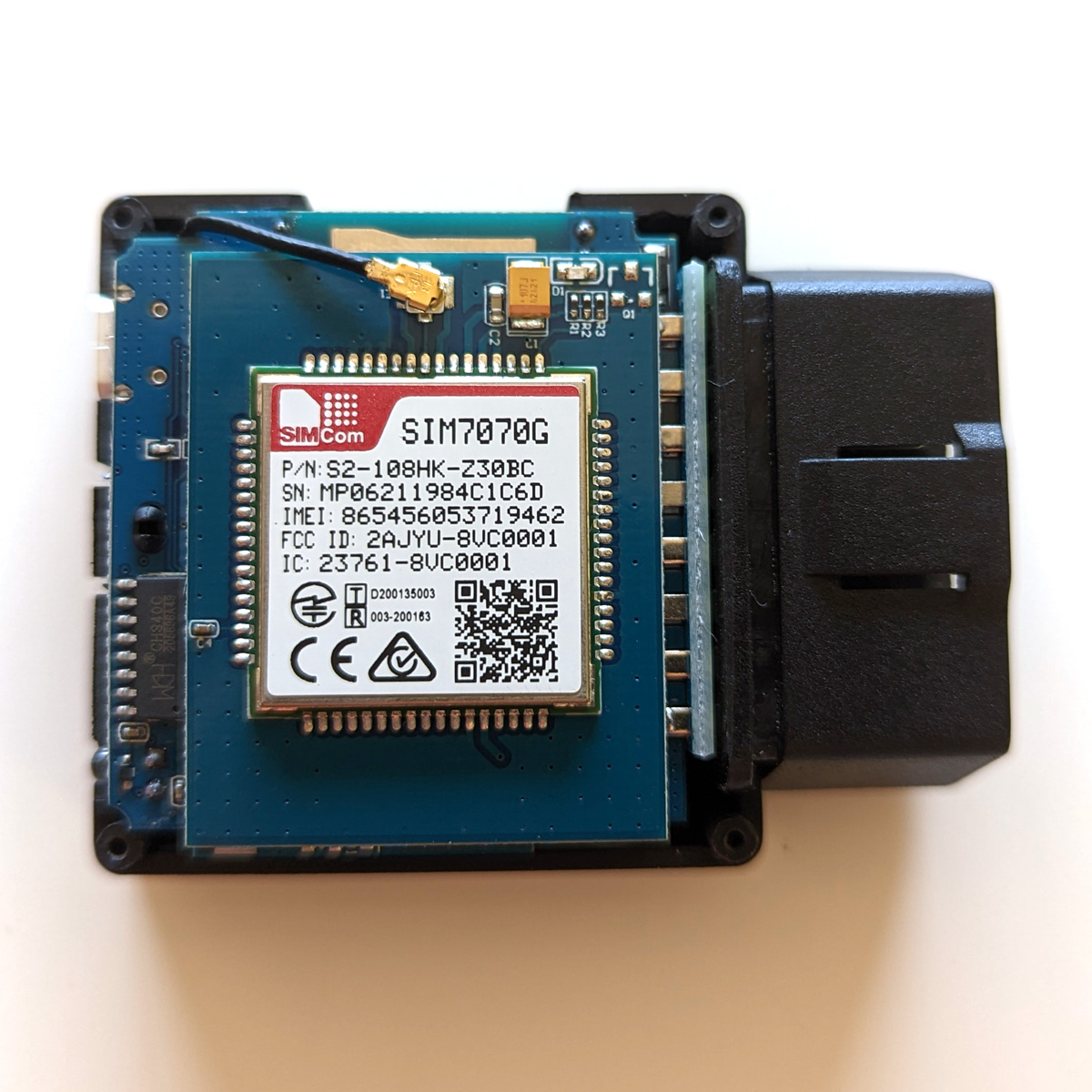Freematics ONE+ Traccar Edition with option of SIM7670E
The community beloved Freematics ONE+ Traccar Edition now comes with option of SIM7670E which is SIMCOM’s latest LTE CAT-1 cellular module based on Qualcomm QCX216 chipset. SIM7670E is designed for Europe region with support for LTE-FDD B1/B3/B5/B7/B8/B20 and proves to work perfectly in Australia as well, whereas B1/B3 for Telstra, Optus & Vodafone, B5 for Telstra & Vodafone, B7 for Telstra & Optus.







